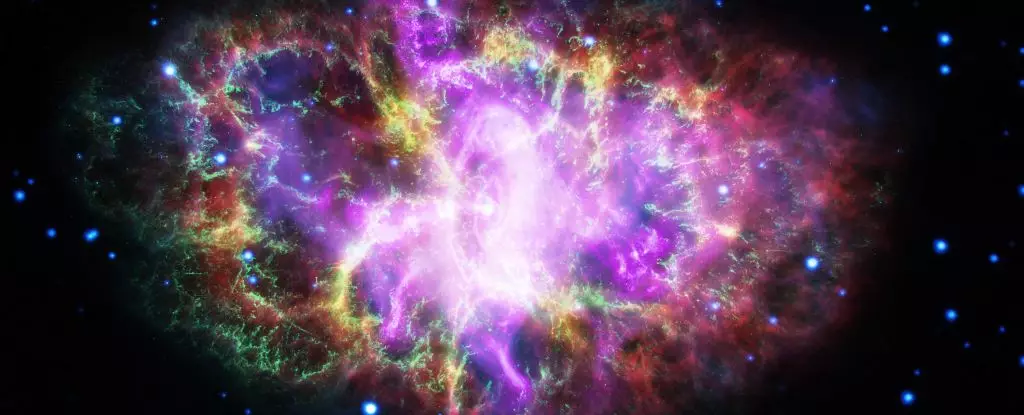On a cool evening under a blanket of stars, I stood in my San Diego backyard, my telescope steadied and aimed at the enigmatic Pinwheel Galaxy. As the first spark of cosmic light danced onto my tablet screen, my wife, Cristina, joined my side. The image, a dazzling aggregation of a trillion stars, was not just a photograph but a testament to the universality of our curiosity. When Cristina asked, “Doesn’t light get tired during such a long journey?” I found myself drawn into a profound exploration of the nature of light, time, and the vastness of space.
Light, as we understand it in the realm of astrophysics, is more than mere illumination; it is an intriguing spectacle of electromagnetic radiation. It conveys information from distant stars—often millions or billions of years away—without tiring out or losing energy in the vacuum of space. This conversation opener resonated at multiple levels, highlighting both our fascination with the cosmos and the peculiarities of light that often elude our intuition.
The Essence of Light: Massless and Boundless
One of the most fundamental qualities of light is its lack of mass. Unlike objects that possess mass—whether particles of dust or vast spaceships—light transcends these limitations, hurtling through space at an astonishing speed of approximately 186,000 miles per second. This unparalleled velocity grants light the ability to traverse the voids of the universe, connecting the past and present in a dance of photons.
To visualize this in everyday terms, consider the fact that in the fleeting time it takes to blink an eye, light manages to circle the Earth more than twice. Yet, these phenomenal speeds become almost trivial against the backdrop of cosmic distances. It takes sunlight over eight minutes to reach us, a simple concept that hides the complexity of the cosmos. The nearby star Alpha Centauri, a mere stone’s throw in universal terms, still takes light four years to reach our eyes—an eternity in the life of a photon.
A Journey Through Time: The Nature of Light’s Travel
Cristina’s insightful question led us to ponder deeper: if light can travel such eminent distances, how does it retain its energy? The answer is intricate yet fascinating. While some photons do interact with matter—scattering off interstellar dust and thus losing energy—the majority cruise through the vacuum of space unimpeded. This emptiness is not just a backdrop; it’s an essential characteristic of the universe that allows light to propagate endlessly, without losing momentum or energy.
In this context, it’s captivating to consider the concepts of time and light’s journey. When we speak of light, we must also address time dilation—a mind-bending phenomenon where the rate at which time passes can change based on velocity or gravitational fields. For someone observing from a vantage point like the International Space Station, time moves marginally slower than for someone on Earth’s surface due to their varying speeds and distances from gravitational pulls.
This brings forth a compelling hypothetical: if one were to ‘ride’ a photon, time would seem to come to a standstill. Such perspectives offer a fresh take on time and explain how light travels while maintaining the illusion of timelessness across vast spatial expanses.
The Cosmic Perspective: A Photon’s Journey
Returning to my telescope’s view of the Pinwheel Galaxy, consider the implications of light travel from the photon’s point of view. A star in that galaxy releases a photon that, in a mere blink—an infinitesimal fraction of a second—finds its way to my backyard camera. The journey, compressed to near-instantaneousness within the confines of the speed of light, stands in stark contrast to our human perception of the cosmos, where its journey spans 25 million years.
This duality of experience is beautifully poetic; as I marveled at the majestic beauty of the galaxy, I was simultaneously reminded of the complexities woven into understanding light. While our human timelines stretch into years and centuries, light exists in a realm that transcends our grasp of duration.
Inspiring Curiosity: Conversations Under the Stars
As we stood together, awash in the glow of the universe, our discussion not only illuminated the physics behind light but also underscored the intrinsic human desire to learn and explore. It is moments like these—where scientific inquiry meets the wonder of existence—that reveal the beauty of our universe and our place within it.
Cristina’s curiosity propelled us into a dialogue that transcended the mere mechanics of light. It was a reminder that our quests for knowledge, much like a photon’s journey across time and space, are continuous, filled with discoveries waiting to be unveiled. Each question leads to new inquiries, new understandings, and perhaps even new revelations, all contained within the fabric of the cosmos. Each star in the night sky not only represents a cosmic phenomenon; it represents the countless wonders awaiting our curiosity and the infinite pathways of knowledge.


Leave a Reply